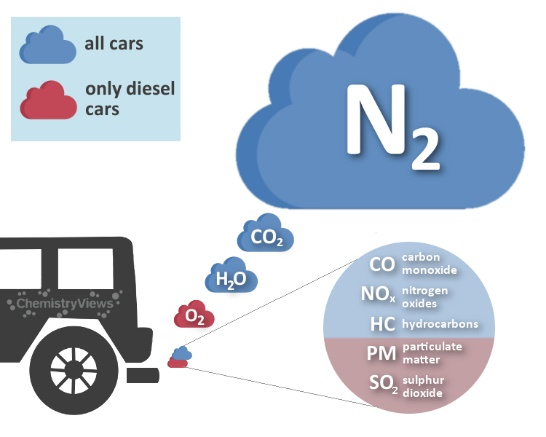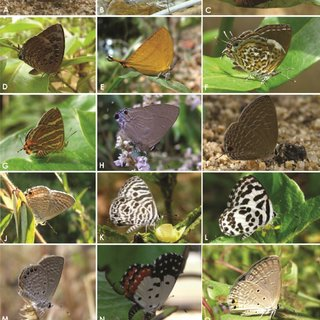Physical Address
23,24,25 & 26, 2nd Floor, Software Technology Park India, Opp: Garware Stadium,MIDC, Chikalthana, Aurangabad, Maharashtra – 431001 India
Physical Address
23,24,25 & 26, 2nd Floor, Software Technology Park India, Opp: Garware Stadium,MIDC, Chikalthana, Aurangabad, Maharashtra – 431001 India

Claim: Weather Pattern changes of Sri Lanka are only related with local matters like deforestation and etc., and those are not results of global climate change
The climate of Sri Lanka is ideal for forest growth; the whole land area with a few exceptions was formerly covered with forests. Over the last century much of this forest cover, rich in biodiversity, has been destroyed, with less than one third of the area still under forest cover.
Sri Lanka is a country that is constantly facing climate change. Researchers Professor Sarath Kotagama and Aruna Padmaperuma, state that “climate change is influenced by a number of factors. One of the main factors is the increase in the bearing capacity of the earth. The booming capacity of biospheres and ecosystems is limited in their ability to withstand development. Those limits vary from region to region. The effects are based on the amount of food, water, energy, raw materials available and the amount of waste in the living population. Therefore, they have shown that it is very essential to use the technology and proper management to handle the situation”.
Current Weather Pattern Changes
A few years ago, there was a less rain in this time period usually (August and September). But it is totally changed nowadays. There was a sudden, heavy rain in previous month, August but now it turns to no rain. Considering how this happens, we must first see how Sri Lanka receives rain.
How Sri Lanka Receives the Rain??
“When the sun is located on the Tropic of Cancer, the air with water vapor that is drawn from the south to the north (according to Perel’s law) due to the rotation of the earth’s rotation direction to the south, the westerly trade winds, when they pass the earth, due to the force of gravity, turn to the southwest on the equator and give the southwest monsoon to Sri Lanka. This has been happened nearly three and a half months. When the sun sets over the Tropic of Capricorn, air moving from north to south comes across the Bay of Bengal and along with water vapor gives Sri Lanka the Northeast Monsoon. It also happens for three and a half months.”
“When the sun passes through Sri Lanka (there are two such occasions), when country land gets heated, water vapor from the surrounding seas coming to the land and gives two convective rains and it happens nearly one and a half months of time. Additionally, when the sun shines over the Bay of Bengal, the cyclones that form on its waters (due to overheating) provide rain. In addition, there is rain caused by rainforests. There is also a fog caused by net vapors released by the respiration of forest plants.” (Kal yal bala govithan kirima- Thilak Kandegama) But due to global climate change, there have been many major changes in the rainfall patterns of Sri Lanka.
The Ways Sri Lanka Contributing to Global Climate Change
In order to clarify whether the Sri Lankans themselves are responsible for this, we discussed environmentalist and scientific researcher Mr. Aruna Padmaperuma. “Climate change is a threat to the whole world, but to save our country from it, Sri Lanka must have a conservation culture. This should not be limited to books, but should be included in government policies.”, he said.

He further explained that fuel burning is the main cause of climate change. Environmentalists have often said that encouraging public transport is a solution. But finance companies, leasing companies and vehicle companies are promoting the idea that every person should have a vehicle and are working to add an unbearable amount of fuel to the environment by developing their business. Emergency personnel like doctors, security personnel need vehicles for their duty. But apart from this, it is a very negative situation for every person to get used to the consumption of vehicles says, Aruna Padmaperuma.

Click here for more information about Sri Lanka’s greenhouse gas emissions percentage.
About 5.6 million vehicles are operating in Sri Lanka for our population of 21.6 million (cumulative registration is more than eight million). Our vehicle per person ratio is approximately 1:4 or 26 vehicles per 100 people. More information can be read from here Archived.
Environmentalist Mr. Aruna Padmaperuma further mentioned that the weakness of public transport is also responsible for this situation. Accordingly, problems such as public transport not running on time, lack of comfort and insufficient public transport facilities for the population affect expectation of public transport. Due to this, many people are motivated to buy private vehicles. In view of this, the rural environment is also polluted by carbon monoxide, nitrogen oxide, hydrocarbons, suspended particulate matter and sulfur dioxide emitted by motor vehicles. Environmentalist and scientific researcher Mr. Aruna Padmaperuma said that this pollution is confirmed by the significant reduction of the very sensitive species of butterflies, moths and frogs found in rural ecosystems.

This picture frame shows the common species of butterflies in a garden, and these animals are rarely seen in nowadays.
(Photo: Suranjan Karunaratne)
Sri Lanka`s Contribution to Global Climate Change is Only 1 %
Professor Rangika Bandara of Kelaniya University’s Department of Zoology and Environmental Management had told the BBC that Sri Lanka is in top places in the indexes that include countries affected by climate change.
Although Sri Lanka’s greenhouse gas emissions are less than 1%, Sri Lanka will have to face this situation due to global warming and the adverse effects of climate change have already reduced Sri Lanka’s rice yield by 10% and hydropower production by 50%.
Mitigating Effects of Global Climate Change
The researchers say that Sri Lanka can mitigate the harmful effects of global warming and related climate change from protecting the existing ecosystems of Sri Lanka and applying resilience methods.